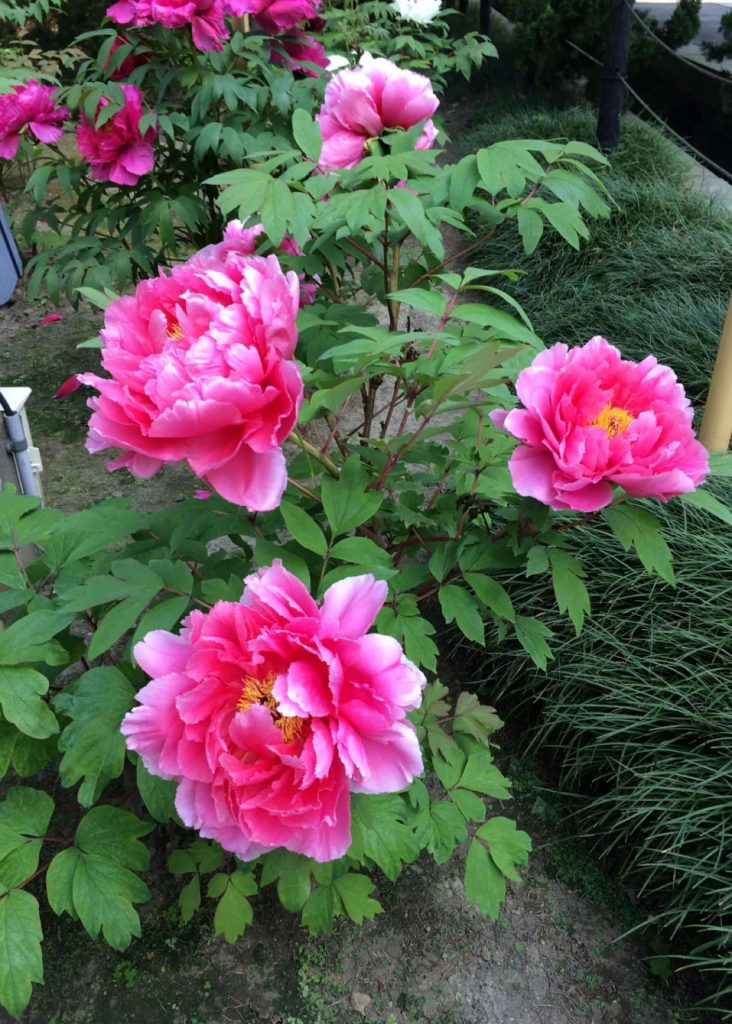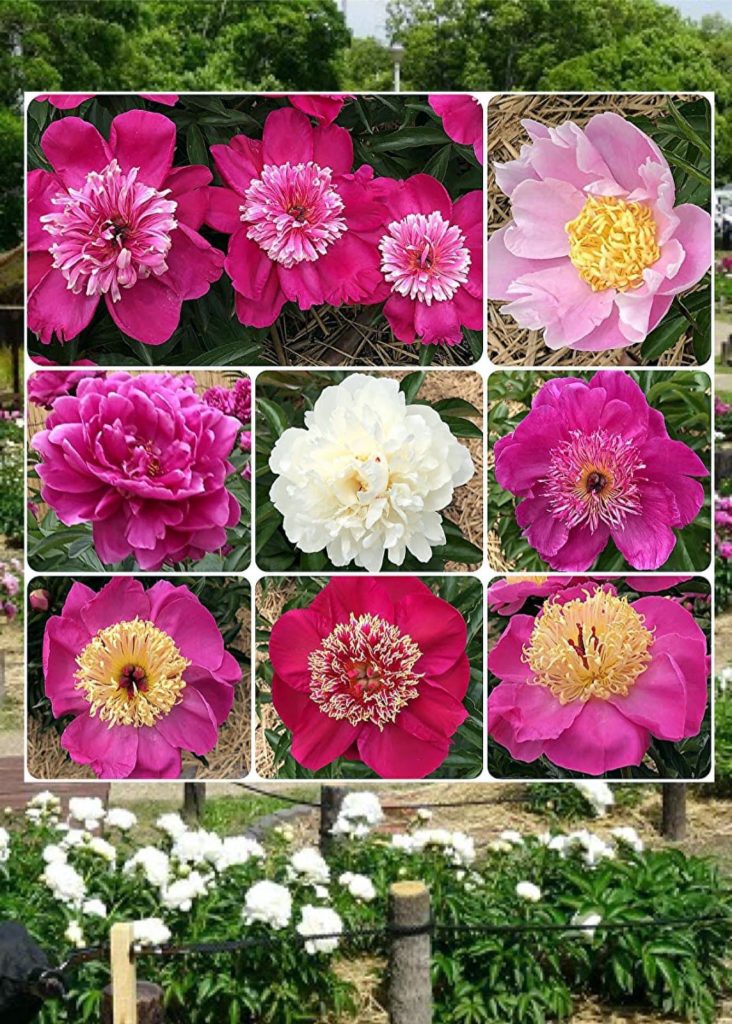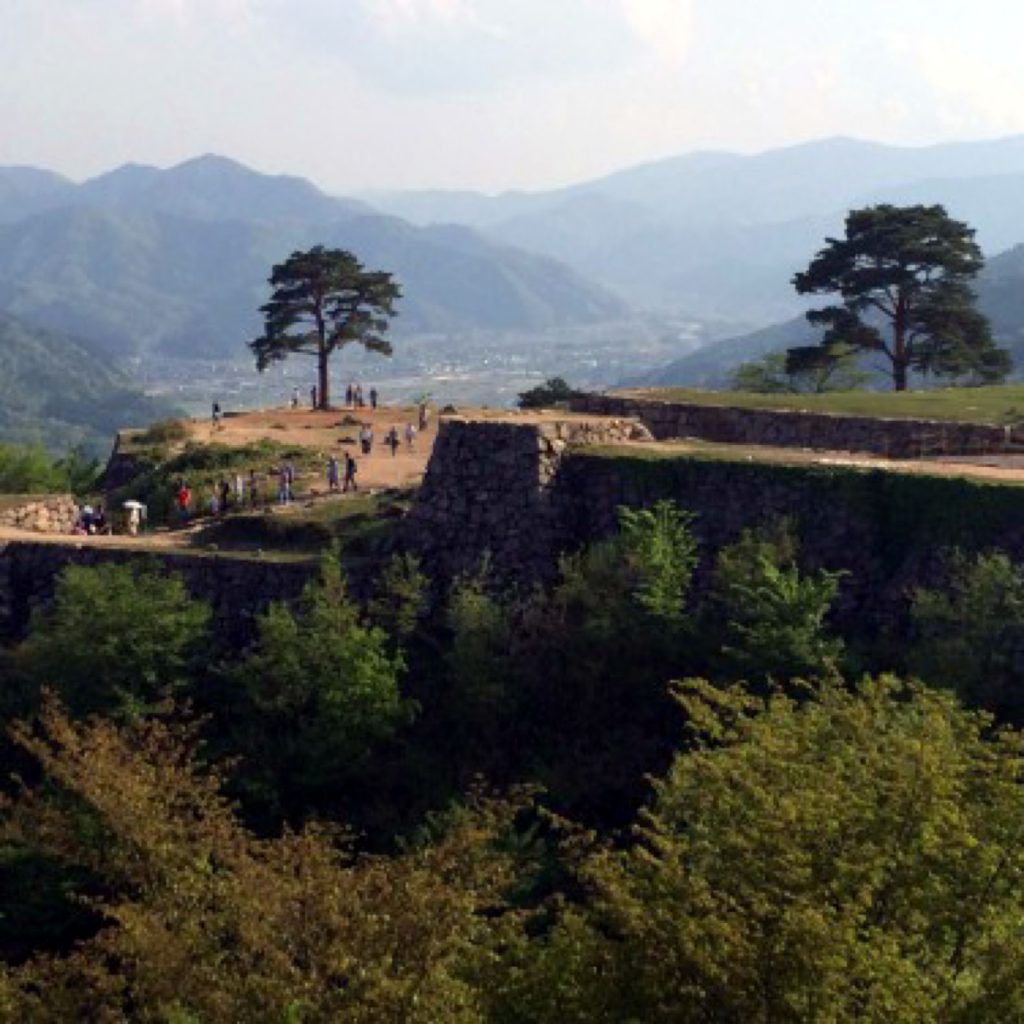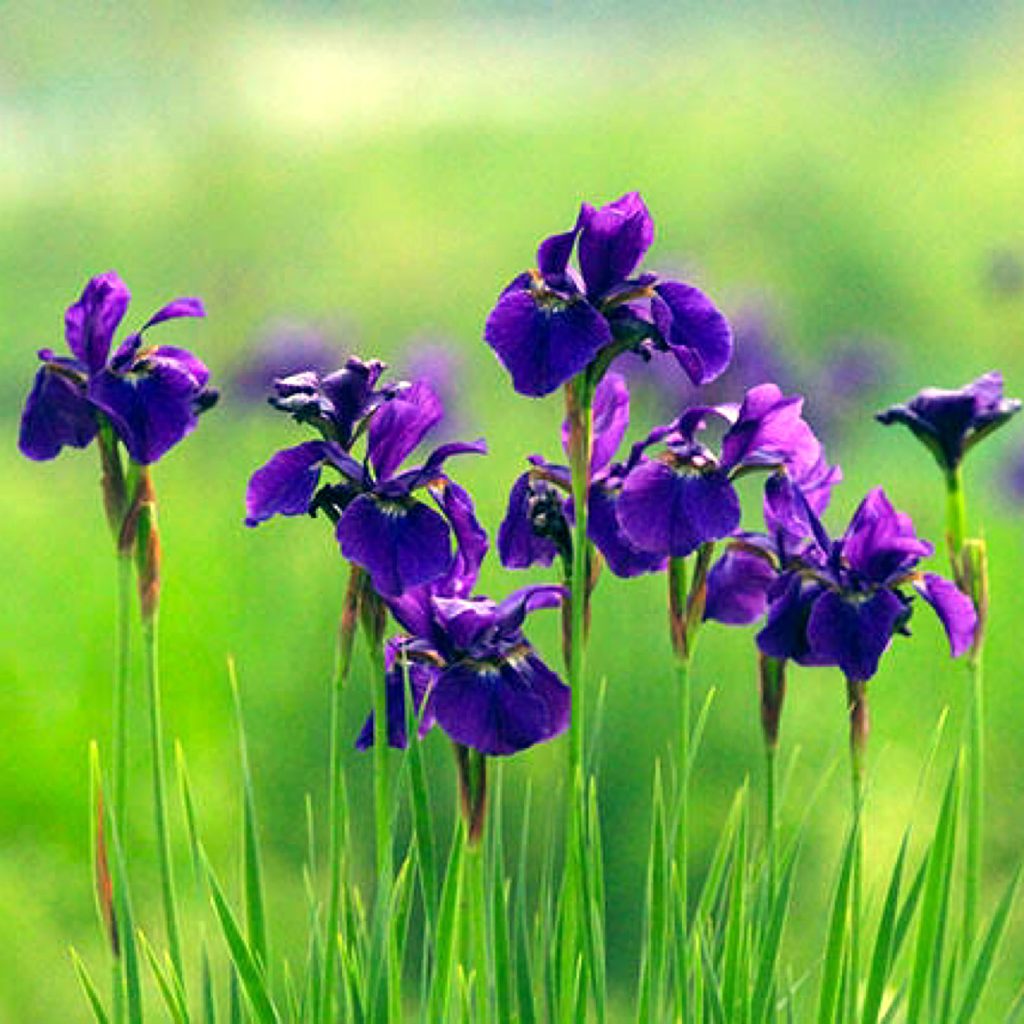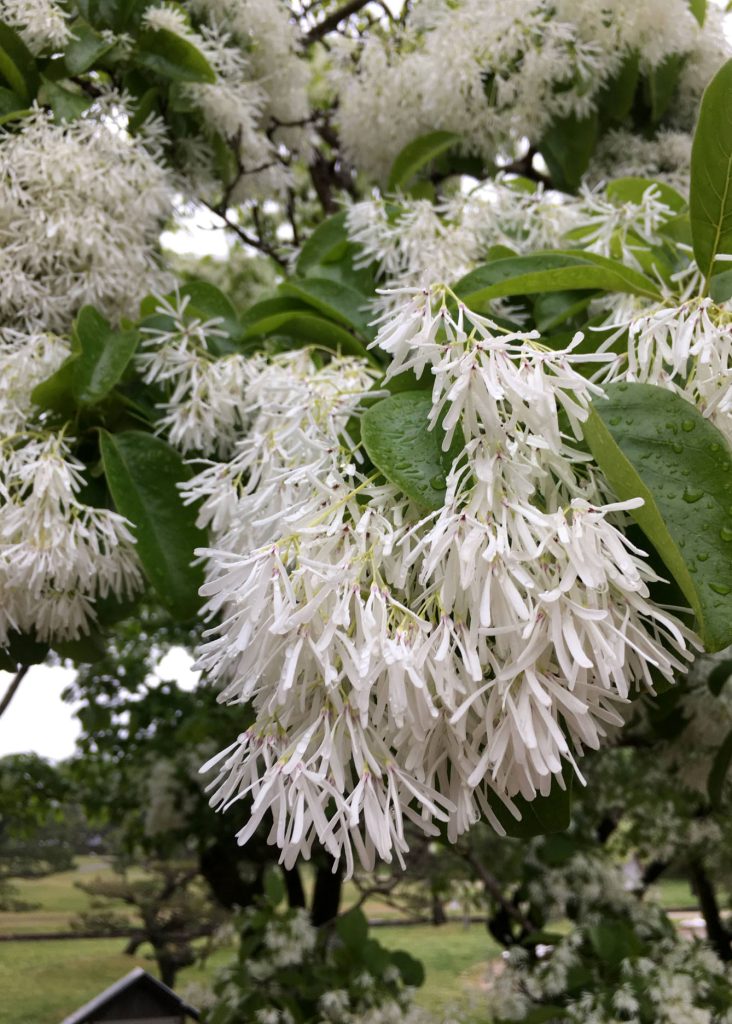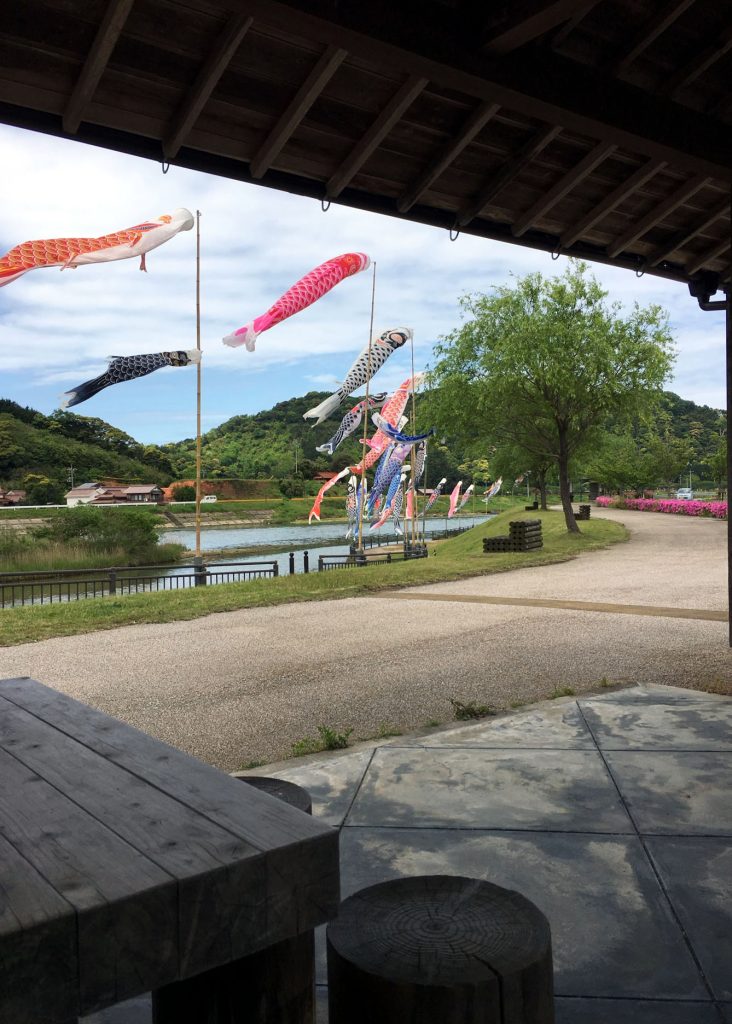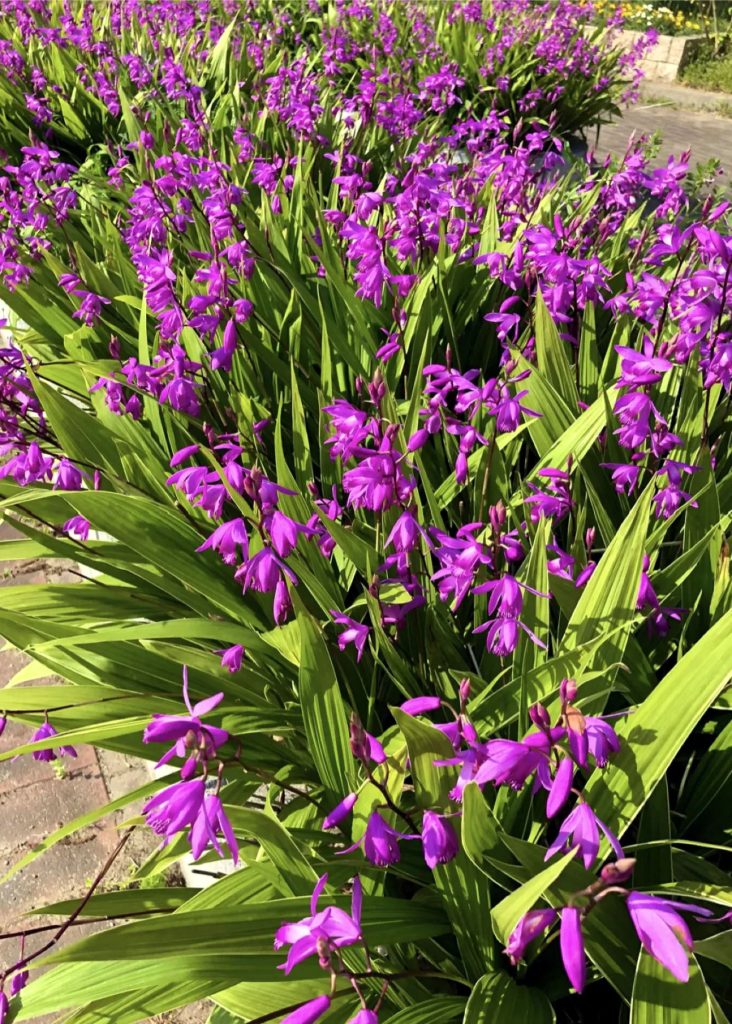
In a corner of the promenade leading to the gym, orchids are now blooming in full glory. Like reflecting the May sunlight, both the flowers and leaves shimmer brightly. Generally, plants of the orchid family are known for their beauty, often boasting uniquely shaped flowers. It’s said that there are over 700 genera and 15,000 species worldwide, with Japan hosting 75 genera and 230 species. Many of them hold high aesthetic value, and cultivation and breeding have been pursued worldwide, regardless of geographic location. On the other hand, some species are endangered due to over-collection. Orchids are classified into epiphytic species, which attach themselves to tree bark or rocks, and terrestrial species, which grow on the ground in forests or grasslands. Most orchids, especially those for ornamental purposes, thrive indoors or in moist, shaded areas in the wild, showing a general dislike for direct sunlight. However, orchids like the purple orchid are remarkably resilient plants, adapting well to partial shade or sunlight, enduring both drought and excessive moisture, making them easy to cultivate and commonly planted for ornamental purposes in gardens and flowerbeds.
ジムに通う遊歩道の一角にシラン(紫蘭)が今を盛りに咲いています。5月の太陽の光を跳ね返す様に、花も葉もギラギラと輝いています。一般に、ラン科植物はその多くが美しく、独特の形の花を咲かます。世界に700属以上15000種、日本に75属230種があると言われています。鑑賞価値の高いものが多く、昔から洋の東西を問わず、栽培や品種改良が進められています。他方、採取のために絶滅に瀕している種も少なくありません。ランは樹木の樹皮や岩の上などに根を張り着生している着生種と、林の中や草原などの地面に生育する地生種に分けられます。ランの多くが観賞用として室内で育てられるか、野生種なら湿潤な日陰に育つ種が圧倒的に多く、あまり日向を好みません。しかし、シランは極めて丈夫な植物で、半日陰から日向まで適応し、乾燥にも過湿にもよく耐え、栽培しやすいため、観賞用として庭や花壇にもよく植えられます。

